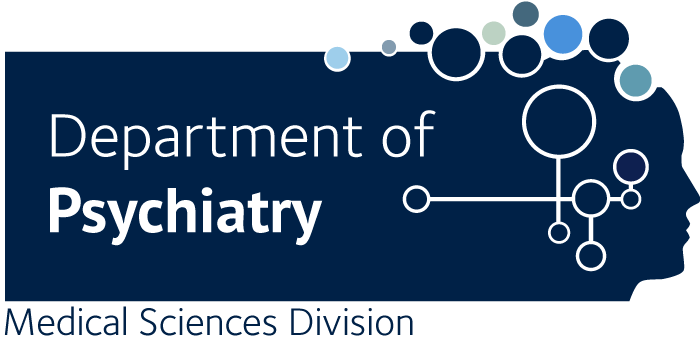Connectome harmonic decomposition tracks the presence of disconnected consciousness during ketamine-induced unresponsiveness.
Van Maldegem M., Vohryzek J., Atasoy S., Alnagger N., Cardone P., Bonhomme V., Vanhaudenhuyse A., Demertzi A., Jaquet O., Bahri MA., Nunez P., Kringelbach ML., Stamatakis EA., Luppi AI.
BACKGROUND: Ketamine, in doses suitable to induce anaesthesia in humans, gives rise to a unique state of unresponsiveness accompanied by vivid experiences and sensations, making it possible to disentangle the correlated but distinct concepts of conscious awareness and behavioural responsiveness. This distinction is often overlooked in the study of consciousness. METHODS: The mathematical framework of connectome harmonic decomposition (CHD) was used to view functional magnetic resonance imaging (fMRI) signals during ketamine-induced unresponsiveness as distributed patterns across spatial scales. The connectome harmonic signature of this particular state was mapped onto signatures of other states of consciousness for comparison. RESULTS: An increased prevalence of fine-grained connectome harmonics was found in fMRI signals obtained during ketamine-induced unresponsiveness, indicating higher granularity. After statistical assessment, the ketamine sedation harmonic signature showed alignment with signatures of LSD-induced (fixed effect =0.0113 [0.0099, 0.0127], P<0.001) or ketamine-induced (fixed effect =0.0087 [0.0071, 0.0103], P<0.001) psychedelic states, and misalignment with signatures seen in unconscious individuals owing to propofol sedation (fixed effect =-0.0213 [-0.0245, -0.0181], P<0.001) or brain injury (fixed effect =-0.0205 [-0.0234, -0.0178], P<0.001). CONCLUSIONS: The CHD framework, which only requires resting-state fMRI data and can be applied retrospectively, has the ability to track alterations in conscious awareness in the absence of behavioural responsiveness on a group level. This is possible because of ketamine's unique property of decoupling these two facets, and is important for consciousness and anaesthesia research.

